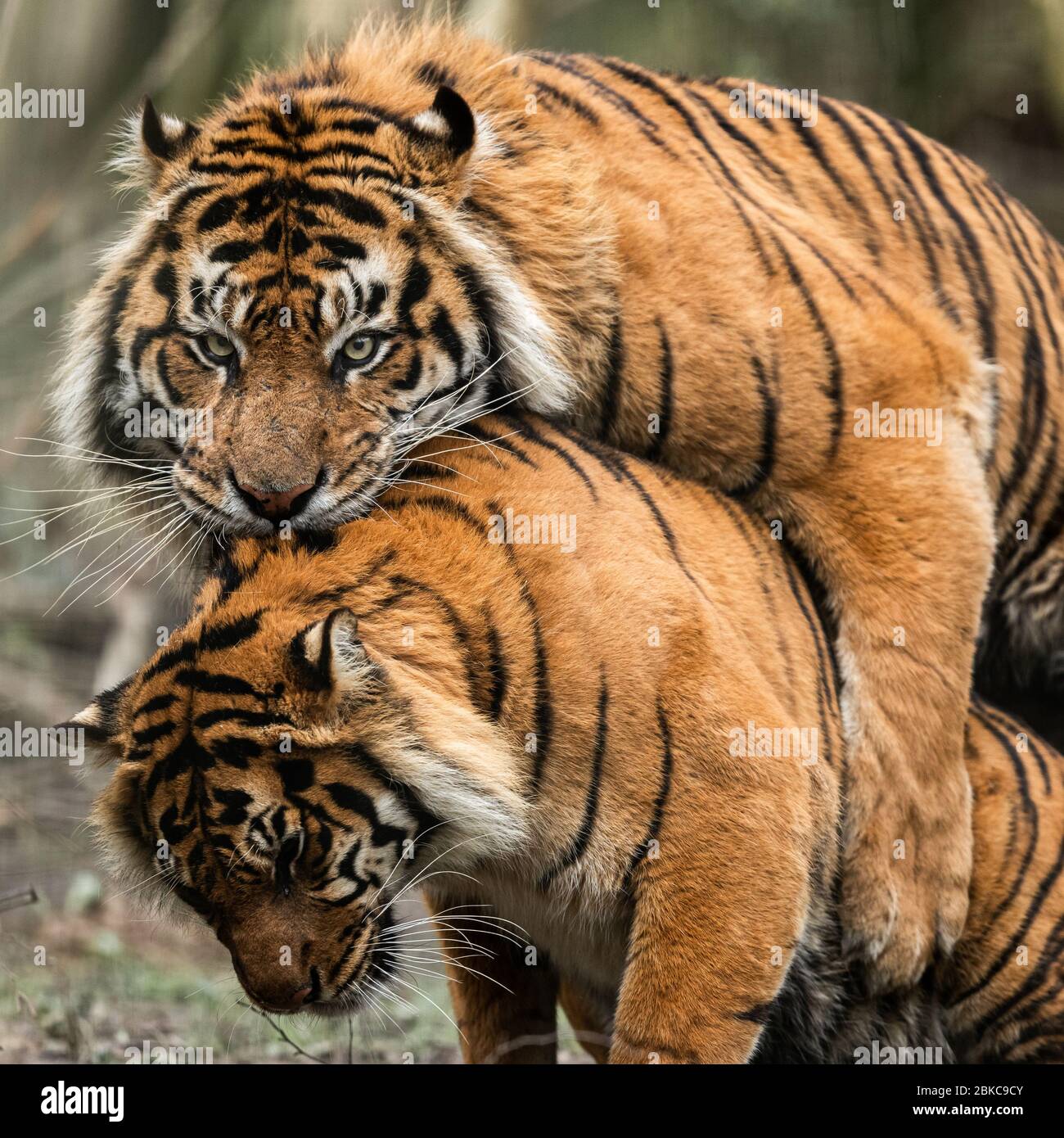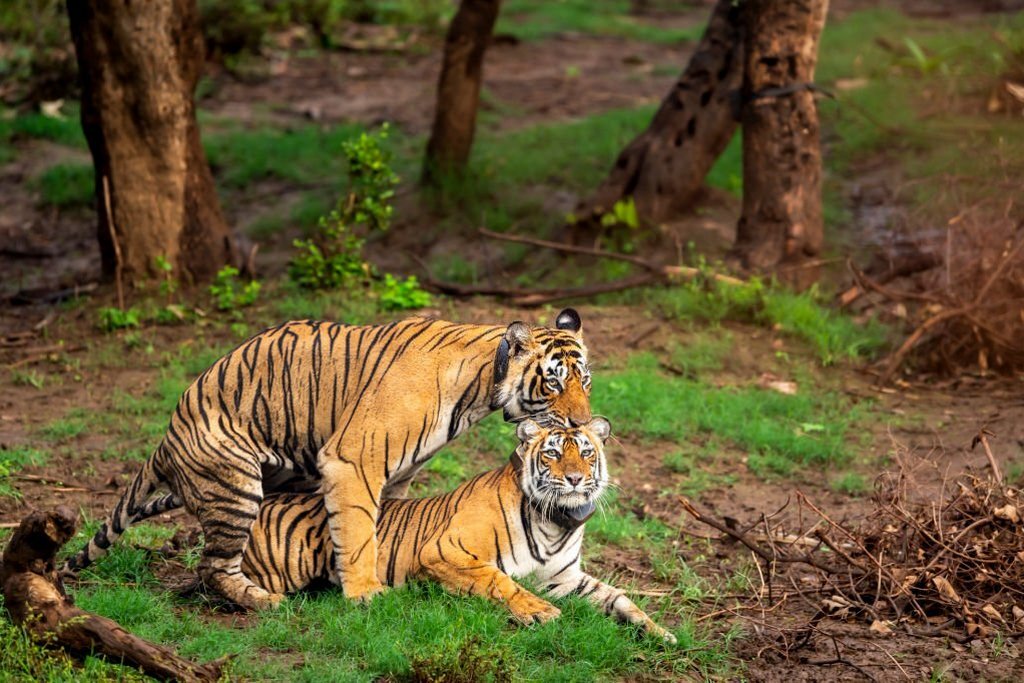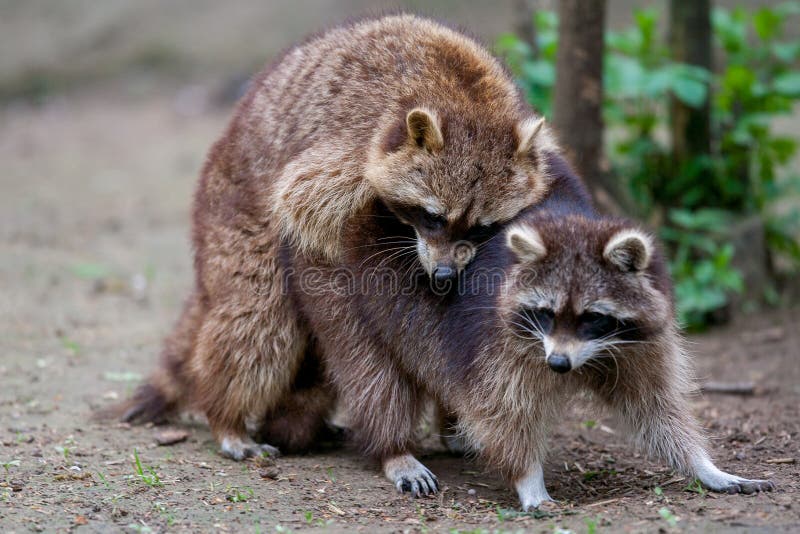🤖 AI-Generated Content
This content has been created using artificial intelligence. While we strive for accuracy, please verify important information independently.
The world of horses, with their powerful grace and gentle spirits, holds many fascinating aspects, and among them is the truly remarkable process of how they come together to create new life. This natural event, often called mating horses, is so much more than just a simple act; it is, in a way, a whole series of behaviors, instincts, and even a bit of a dance that has been refined over countless generations. For anyone who spends time around these magnificent creatures, or even just feels a pull to understand them better, getting a clearer picture of this part of their lives can be quite enlightening, you know?
You might think of it as a beautiful mix of what horses just instinctively know how to do, the little routines they follow, and the incredible science that makes it all possible. It can seem almost magical to someone who has never really looked into it before, seeing how everything lines up from those first playful moments between a stallion and a mare all the way to the tiny spark of a new life beginning. There is, apparently, a lot to learn about how these animals approach such a fundamental part of their existence, and it’s pretty neat to see it unfold.
We are going to spend some time exploring this whole natural process of mating horses. We will look at everything from those first polite introductions and the special signs mares give when they are ready, right through to the moment a foal is conceived. We will also touch on how the timing of these events plays a role, and why knowing about it all gives us a more complete picture of their wild instincts, the ways they behave, and their amazing bodies. It's really, you know, a pretty cool topic to dig into.
- Aagmaal Gives
- Wasmo Telegram Link 2025
- The Real Carly Jane Leaks
- Abby Berner Fanfix Leaked
- Karlye Taylor Leaked
Table of Contents
- What Does Horse Mating Look Like?
- Why is Understanding Horse Mating Important?
- How Do People Help with Horse Mating?
- What Happens After Horse Mating?
What Does Horse Mating Look Like?
When you think about horses coming together to reproduce, it is, you know, a really natural thing, much like it is for so many other animals. This process, which we call mating horses, involves a few different steps and some pretty distinct ways they behave that all work together to help transfer the necessary cells from the male to the female. It is, in some respects, a carefully orchestrated series of events, whether it happens out in the wild where they are free to roam or when people are helping to manage the process.
Courtship Rituals in Horse Mating
Before any actual physical connection happens, there is usually a period of getting to know each other, a kind of dance, you might say, between the stallion and the mare. This is often called courtship, and it is, basically, how the stallion figures out if the mare is ready and willing. Mares, you see, will show certain signals when they are receptive, when they are, in other words, "in heat." These signs can include things like raising their tail, urinating a little more often, and sometimes even winking their vulva, which is a subtle movement that shows they are open to the stallion's advances. The stallion, for his part, will approach with a lot of interest, perhaps sniffing the mare, making little noises, and sometimes even doing a special lip curl, which is a way they test the air for pheromones, those little chemical signals. It's, you know, a pretty fascinating display of communication.
This early part of mating horses is very important because it allows both animals to assess each other. The stallion is trying to see if the mare is truly ready, and the mare is, in a way, deciding if she wants to allow him to come closer. They might circle each other, or the stallion might gently nip at her, all part of this ancient ritual. It is, typically, a gradual build-up of interaction, not something that happens in a rush. This period of getting acquainted helps to ensure that when the actual physical act occurs, the mare is receptive, making the whole process smoother and more likely to result in a successful conception. You can, apparently, learn a lot about their natural instincts just by watching this part.
- Yailin La Más Viral Erome
- Aditi Mistry Nipple
- Sabrina Carpenter Nudes
- Kelly Paniagua Birthday
- Lukas Nelson Talks About His Relationship With Father Willie Nelson
The Act of Horse Mating Itself
Once the courtship has done its job and the mare has shown she is ready, the physical act of mating horses can begin. This is when the stallion, with his reproductive organ ready, attempts to mount the mare. The mare will usually stand still, perhaps leaning into the stallion slightly, indicating her acceptance. The stallion will then, very carefully, position himself. The actual connection, where the stallion's organ enters the mare, is quite quick. It is, essentially, a swift and powerful action. During this moment, the stallion will often make a thrusting motion, and then, you know, the transfer of sperm happens.
After the brief connection, the stallion will dismount. It is, basically, a very direct and efficient process, especially when compared to the longer courtship period. Sometimes, they might repeat the act if the mare remains receptive, but often, one successful attempt is enough. For those who manage horse breeding, making sure this part happens correctly is, obviously, a big deal. They want to make sure the stallion is able to complete the act properly, which is crucial for getting a good quality offspring. It's all about making sure the conditions are right for this natural event to happen as it should. You can, for example, find educational videos that show this complete natural process, which can be quite informative.
Why is Understanding Horse Mating Important?
Having a good grasp of how mating horses works is, frankly, pretty important for a few reasons. First off, it gives us a much better view of their natural behaviors and instincts. When you know what to look for, you can appreciate the intricate ways they interact with each other, both in the wild and when they are around people. It is, in a way, like getting a peek into their inner world, seeing how their bodies and minds are wired for this fundamental part of life. This knowledge helps us to respect them more as animals with their own unique ways of doing things, you know?
Beyond just curiosity, understanding this process is also very practical, especially for anyone involved in breeding horses. Knowing the steps, the timing, and what to expect can help ensure that breeding efforts are successful and that both the mare and stallion stay healthy throughout. It is, after all, about helping to bring new life into the world responsibly. This information helps people make good choices about when to breed, which horses to pair, and how to support them through the whole journey. It's, basically, about being a good caretaker and making sure the horses are comfortable and safe during what is, in fact, a very important time for them.
The Biology Behind Horse Mating
The science behind mating horses is, you know, truly amazing. It all starts with the mare's cycle. Mares, like many female animals, have periods when they are fertile and open to breeding, which we call being "in heat" or estrus. This cycle is controlled by hormones, which are little chemical messengers in their bodies. During this time, the mare's body prepares for pregnancy, and she will show those behavioral signs we talked about earlier. The stallion, on the other hand, is always ready, more or less, to breed, though his interest will certainly peak when a mare is receptive.
When the actual physical act happens, the goal is for the stallion's sperm to meet the mare's egg. The sperm travels from the stallion into the mare's reproductive tract, aiming for the egg that has been released from her ovary during her heat cycle. If everything lines up, the sperm and egg will join, which is called conception, and that is when a new life begins. This whole biological process is, basically, a finely tuned system, developed over millions of years, that ensures the continuation of the horse species. It's, quite simply, a wonder of nature, and understanding these biological aspects helps us appreciate the complexity of horse breeding. We can, you know, even download photos for educational purposes to see these details up close.
Health Considerations for Horse Mating
When it comes to mating horses, thinking about their health is, you know, super important. There are certain health risks that can come up during the breeding process, and knowing about them helps people prevent problems or deal with them quickly if they happen. For the mare, there is always a chance of injury during the physical act, or even issues related to her reproductive health that might make conception difficult or risky. Sometimes, mares can develop infections, or they might have problems with their cycles that need a veterinarian's attention. It's, basically, about making sure her body is ready and strong enough for the demands of breeding and carrying a foal.
For the stallion, there are also health aspects to consider. They need to be in good physical shape, and their reproductive health is, obviously, key. Sometimes, stallions can have fertility issues, or they might carry certain conditions that could be passed on to their offspring. Ensuring both horses are healthy and free from contagious diseases is, you know, a big part of responsible breeding. Regular health checks, proper nutrition, and making sure the breeding environment is clean and safe all play a part in minimizing these risks. It's, in a way, about giving both the parents and any future foals the very best start, which is a pretty good thing to aim for.
How Do People Help with Horse Mating?
People often get involved in the mating horses process, especially when they are aiming to breed horses for specific traits, like for racing, showing, or just for good companionship. This human involvement can range from simply putting a mare and stallion together at the right time to using more advanced scientific methods. The goal is, usually, to make sure the breeding is successful and that the resulting foal has a good chance of being healthy and, perhaps, having certain desired qualities. It's, basically, about helping nature along a little bit, but always with the horses' well-being in mind, you know?
When people manage the process, they often pay close attention to the mare's cycle, sometimes even using tests or veterinary checks to figure out the exact best time for her to be bred. This careful timing can really increase the chances of a successful pregnancy. They also make sure the environment is safe for both horses, preventing any injuries that might happen if the horses are not properly introduced or if the space is not suitable. It's, in short, a lot of planning and observation to support this natural event. This kind of careful management is, typically, what helps people breed good quality, talented horses, which is, you know, a big part of why some people get into breeding in the first place.
Managed Horse Mating Practices
Under human management, mating horses can take a few different forms. One common way is what is called "live cover," where the stallion and mare are physically brought together for the actual mating act. In this scenario, people carefully supervise the process to ensure safety for both animals. They might use special pens or a designated breeding area to keep things controlled. The mare might be held or restrained gently to ensure she stands still, and the stallion is guided to make sure the act is completed properly. This method is, essentially, a supervised version of what happens in the wild, just with a little more human oversight to ensure a positive outcome.
Another way people help with mating horses is through artificial insemination, or AI. This is where sperm is collected from the stallion and then carefully placed into the mare's reproductive tract by a veterinarian or trained professional. AI has some big advantages; for example, it means the stallion and mare do not have to be in the same place, and it can reduce the risk of injury or disease transmission between them. It also allows one stallion to breed with many more mares. This method, you know, requires a good bit of scientific knowledge and careful handling of the sperm to make sure it stays viable. Both live cover and AI are, basically, ways that people can support the natural process of reproduction in horses, each with its own set of considerations and benefits.
What Happens After Horse Mating?
Once the act of mating horses has taken place, the waiting game begins. The main question on everyone's mind, especially for those hoping for a foal, is whether the mare has become pregnant. This is, you know, the ultimate goal of the whole process. It is not always immediately obvious, as mares do not show signs of pregnancy right away. People will usually wait a certain amount of time, often a couple of weeks, before checking for pregnancy. This can be done through various methods, like blood tests or ultrasound scans, which can detect if a tiny new life has started to grow inside the mare. It's, basically, a period of hopeful anticipation.
If the mare is confirmed to be pregnant, then a whole new chapter begins, focusing on her care and the development of the foal. This involves making sure she gets the right food, enough exercise, and regular check-ups from a vet to ensure both she and the growing foal are healthy. If she is not pregnant, then the process might be repeated during her next heat cycle. The journey from that initial meeting between a stallion and a mare to the birth of a healthy foal is, quite simply, a long one, full of natural wonders and, sometimes, a few challenges. But it is, you know, a truly rewarding experience for those who are involved in it.
From Mating to Foal Conception
The moment of mating horses is just the very first step on the path to a new life. After the sperm has been transferred, it has a limited amount of time to find and fertilize an egg. If a mare is in heat, her body will have released an egg, or will be about to, from her ovary. The sperm travels through her reproductive system, and if it connects with an egg, then fertilization happens. This is when the sperm and egg combine, creating a single cell that holds all the genetic information for a new horse. This tiny cell then starts to divide, forming an embryo, which will eventually attach to the wall of the mare's uterus.
This whole process, from the initial act of mating horses to the successful joining of sperm and egg and the start of embryonic development, is, you know, truly remarkable. It's a testament to the intricate biological systems that allow life to continue. Understanding how the timing of the mating process lines up with the mare's fertile period is, in fact, a very important part of ensuring conception. It is a delicate balance of instinct, behavior, and precise biological timing that leads to the creation of a new foal. So, when we talk about horse mating, we are really talking about the beginning of a beautiful and complex journey that ends with the arrival of a brand new, tiny horse.
To wrap things up, we have spent some time looking at the fascinating process of horses coming together to reproduce. We explored the polite introductions and signals mares give when they are ready, the swift physical act itself, and the deeper biological reasons behind it all. We also considered the health aspects that are important for both horses and how people can help manage this natural event, whether through direct supervision or more advanced methods like artificial insemination. Finally, we touched on what happens after the physical connection, leading to the hopeful start of a new life. It is, basically, a journey from instinct and ritual to the amazing science of conception, all part of the natural world of horses.
Additional Resources
Visual Content



Disclaimer: This content was generated using AI technology. While every effort has been made to ensure accuracy, we recommend consulting multiple sources for critical decisions or research purposes.
